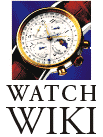| Brand: | Daini Seikosha, Seiko | 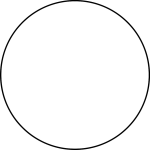
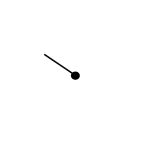
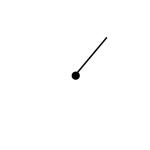
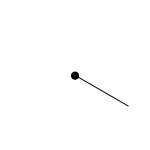
|
|
|---|---|---|---|
| Family: | |||
| Height: | |||
| Jewels: | |||
| Reserve: | hours | ||
| Frequency: | 16,384 Hz | ||
| Winding: | Battery | ||
| Diameter: | |||
| Complications: | |||
| Hands: | Central Hour Hand, Central Minute Hand, Central Seconds Hand | ||
| Distinguishing Technical Characteristics | |||||||||||
|---|---|---|---|---|---|---|---|---|---|---|---|
|
|
|||||||||||
| Production: 1970 – 1970 | |||||||||||
| 1910s | 1920s | 1930s | 1940s | 1950s | 1960s | 1970s | 1980s | 1990s | 2000s | 2010s | 2020s |
Cal. 3600 is a time-only quartz movement produced by Daini Seikosha in 1970. It was produced in extremely limited numbers, being just the second quartz movement ever produced by Seiko and one of the earliest such movements produced by any company. The related Cal. 3602A has a date complication.
The First Quartz Movement with a CMOS IC
Shortly after introducing the world’s first production quartz watch, Seiko introduced a second unrelated quartz movement. Cal. 3600 was produced only in 1970 alongside the breakthrough Cal. 35A, but was quickly set aside in favor of Cal. 38. It was the first quartz movement with a CMOS IC. The stepper motor is different from nearly all other watches in that it is a bi-polar design, oscillating back and forth rather than in one direction only. These movements are also unusual for Seiko in that they use two batteries to extend battery life. The successor movement from Daini Seikosha, Cal. 39, was an evolution of Cal. 36, including the bi-polar stepper motor and dual batteries.
Seiko was quietly racing to develop a quartz watch movement in the 1960s, and delivered their first Cal. 35 movement to the Neuchatel Observatory in late 1967, just a few months after the CEH delivered their “Beta” quartz movement prototypes. A product of Suwa Seikosha, Cal. 35 used a 8,192 Hz of 16,384 Hz quartz crystal and an integrated circuit from Intersil in the USA. Seiko offered Cal. 35 SQ for sale in the Seiko Astron watch on Christmas Day, 1969, with 100 examples sold in the first month.
Suwa rival Daini Seikosha developed Cal. 3600 and launched it just after Cal. 35 in 1970. It was the first quartz movement to use a CMOS integrated circuit, which gave it a power consumption advantage. But Cal. 36 was still quite early to market and was retired later that year after perhaps only 1,000 examples were produced. These movements do not appear in any Seiko catalog and examples are never seen outside museums today. It is said that they were unreliable and may have been returned to the factory of never offered for commercial sale.
| Complications | Successor | |
|---|---|---|
| 3600/36SQ | No Date | |
| 3602/36SQC | Date | 3922/39SQC |
| 3605 | Unknown |
Suwa’s quartz movement, Cal. 38 SQW was more production-ready and went on sale in late 1971. The Cal. 38 series marked the first true production quartz watch from Seiko. Daini would respond with the unusual Cal. 39 family the following year.
